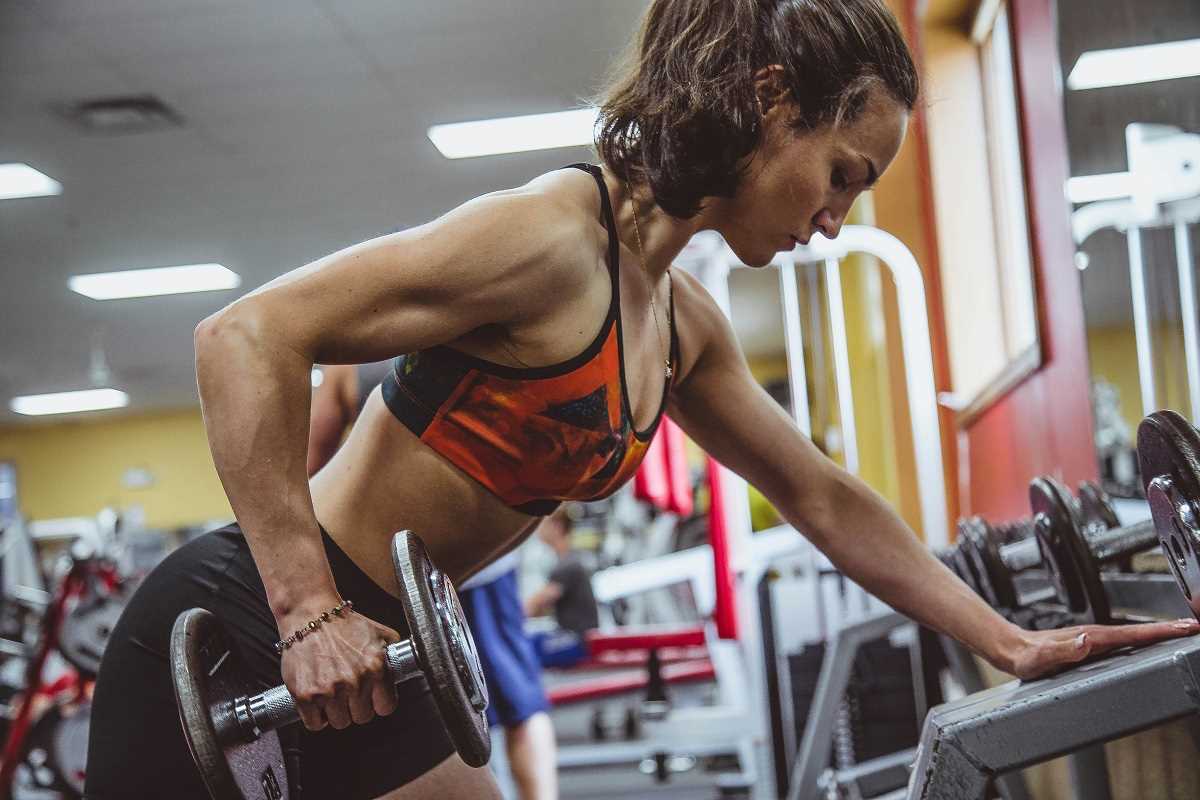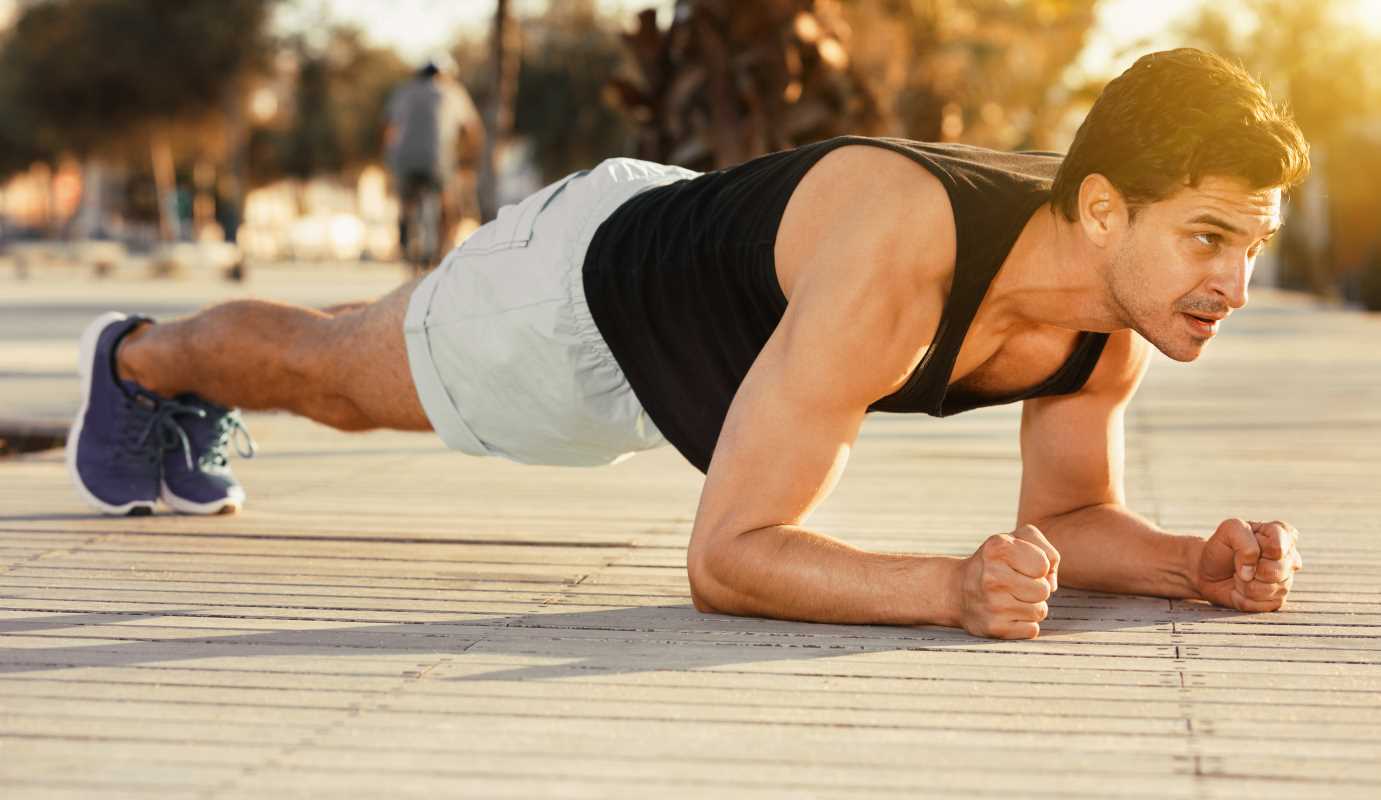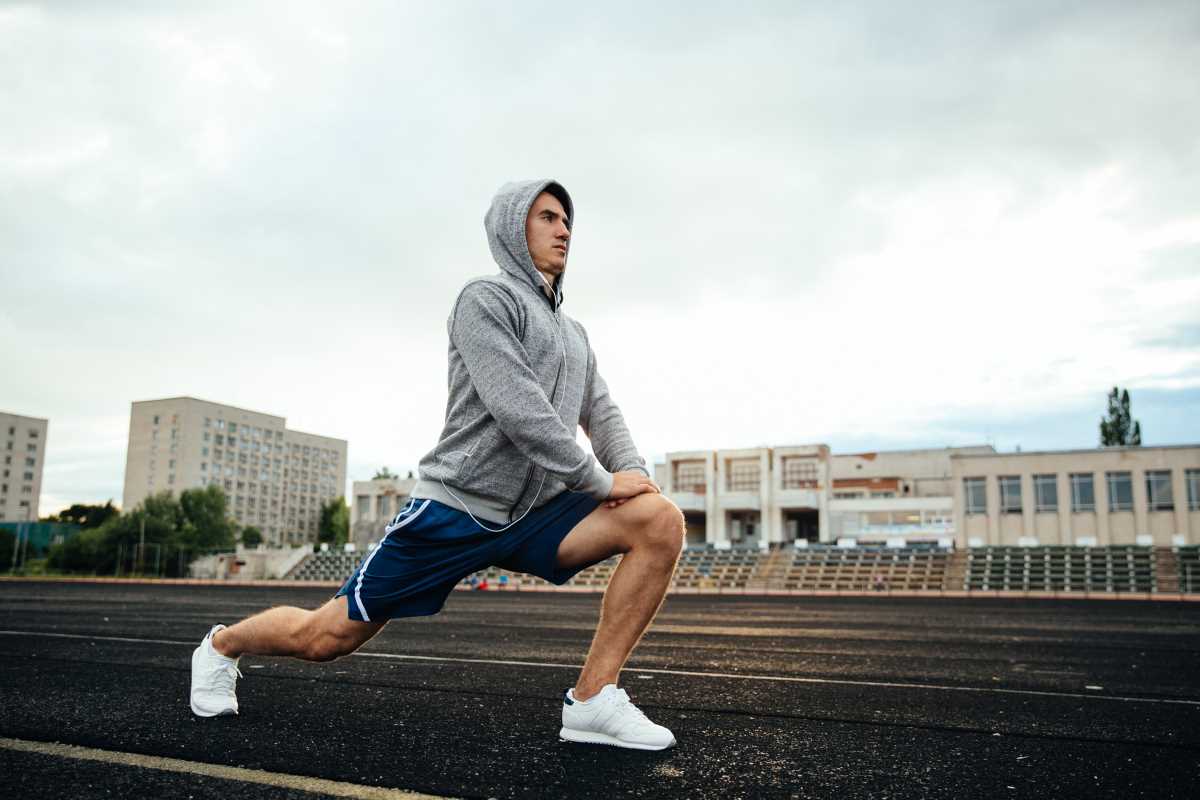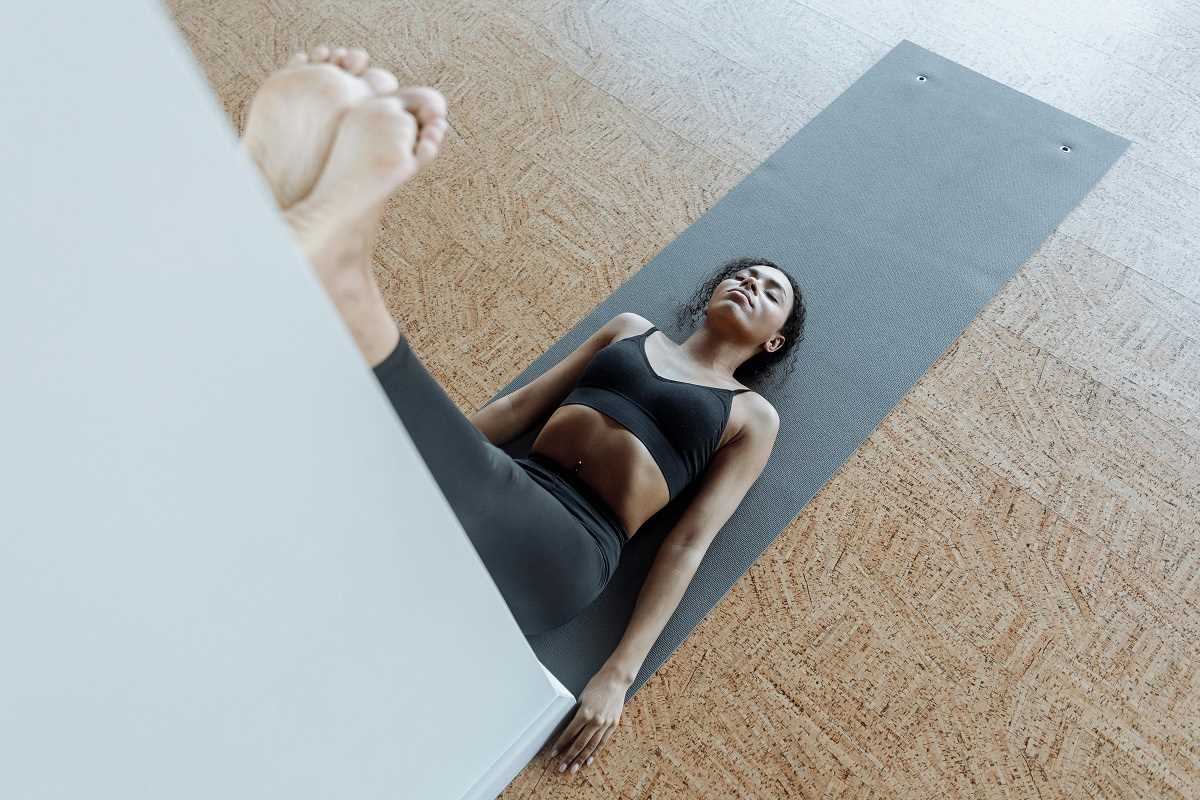Strong and flexible hips play a key role in enhancing your movement, whether you’re throwing kicks, evading strikes, or working on general training. When you improve hip mobility, you gain greater control and range in your techniques, which translates to more power and precision. Flexible hips also support your body’s natural alignment, reducing the risk of injury and allowing you to train with confidence. By focusing on this important area, you set yourself up for better performance and a longer, healthier journey in your practice. Making hip mobility a priority can truly elevate your experience and results.
Many martial artists often focus on strength and speed while overlooking hip flexibility. Cultivating a refined hip range of motion can mean smoother transitions in movements, more robust stances, and a nimble ability to shift direction when needed.
The Importance of Hip Mobility in Martial Arts
Maintaining a healthy hip range of motion is crucial for martial artists. Every kick, pivot, and defensive movement relies on agile hips. When your hips can move freely, you generate stronger techniques, improve balance, and reduce the strain on your back and knees.
Regular drills that focus on hip flexibility help you stay competitive and can even add a new dimension of creativity to your routines. A well-mobilized hip joint supports fluid movement and quick responses, which are vital in fast-paced training and real-life scenarios.
Flexibility Drill 1: Dynamic Hip Circles
This exercise warms up your hip muscles and increases blood flow, preparing you for more intense training. It activates the small muscles around the hip joint, leading to greater stability over time. Dynamic hip circles are easy to incorporate into a warm-up routine or a cool-down session.
Start by standing with your feet shoulder-width apart. Slowly move your hips in circular motions, keeping your upper body stable. Practicing these circles in both directions helps balance muscle development, making your movements smooth and coordinated during martial arts practice.
Flexibility Drill 2: Deep Lunge Variations
Deep lunges stretch the hip flexors and strengthen the muscles around the hips. This exercise emphasizes finding balance and flexibility while building the muscle endurance required for explosive martial arts actions. Use these variations to add challenge and focus on different muscle groups.
Here are some common deep lunge variations to try:
- Front Lunge: Step forward and bend your knee until your thigh is almost parallel to the ground.
- Lateral Lunge: Shift your weight sideways and push your hips back for an effective stretch on the inner thigh.
- Reverse Lunge: Step backward into a lunge, highlighting the stretch in your hip flexors while engaging your core.
- Curtsy Lunge: Cross one leg behind the other in a curtsy motion; this works on both the hip adductors and abductors.
These variations allow you to target different areas around the hip. Experiment with the pace and depth to find what feels best and engages the muscles you need to nurture.
Flexibility Drill 3: Seated Butterfly Stretch
This classic stretch offers a focused approach to opening up the hips. It targets both the inner thighs and the hip flexors, critical for a stable stance and smooth movement execution. The seated butterfly stretch can be easily integrated into your daily routine even if you have limited time.
Follow these steps to execute the seated butterfly stretch correctly:
- Sit on the ground with your back straight, ensuring your spine remains in a neutral position.
- Bring the soles of your feet together and allow your knees to drop toward the floor. This motion sets the stage for the stretch.
- Grasp your ankles and lean forward gently; feel the stretch in your inner thighs, but avoid forcing beyond your comfort level.
- Hold this position for a moderate amount of time, then relax and repeat gradually.
Adjust the intensity by varying the lean; a more pronounced forward motion will increase the stretch in your groin muscles. Remember to breathe deeply and maintain a relaxed posture to get the full benefits.
Flexibility Drill 4: Pigeon Pose Progression
Originating from *yoga* practice, the pigeon pose serves as a fantastic way to open up the hips. Its gradual, progressive nature can help you work through tight areas over time. Martial artists can greatly benefit from this pose by building flexibility and easing any tension in the hip region.
Begin with a modified version of the pigeon pose, keeping your leg in a comfortable angle, and then slowly work toward the full expression of the pose. This progression builds strength and flexibility through controlled movement. Regular practice allows your muscles to adapt and extend your range of motion with less discomfort.
Flexibility Drill 5: Internal and External Hip Rotations
This drill targets both internal and external rotations to improve mobility around the hip joint. By working on rotations, you engage surrounding muscles, supporting not only flexibility but also overall joint stability needed during sudden strikes or evasive maneuvers. Start slowly and gradually increase the range as you build confidence and flexibility.
While performing the rotations, try to incorporate a moment of balance between the two types of movements. This balanced approach supports muscle symmetry and lets you see real progress over time.
Adding these drills into your martial arts practice can make a noticeable difference. You will see improvements in technique, stability, and the range of motion, all while lowering the risk of injuries. With consistent practice, these drills can help you push your limits and improve your martial arts skills.
Improving hip mobility builds a solid base for better movement in your training. Practice these drills and notice how your flexibility and performance increase.
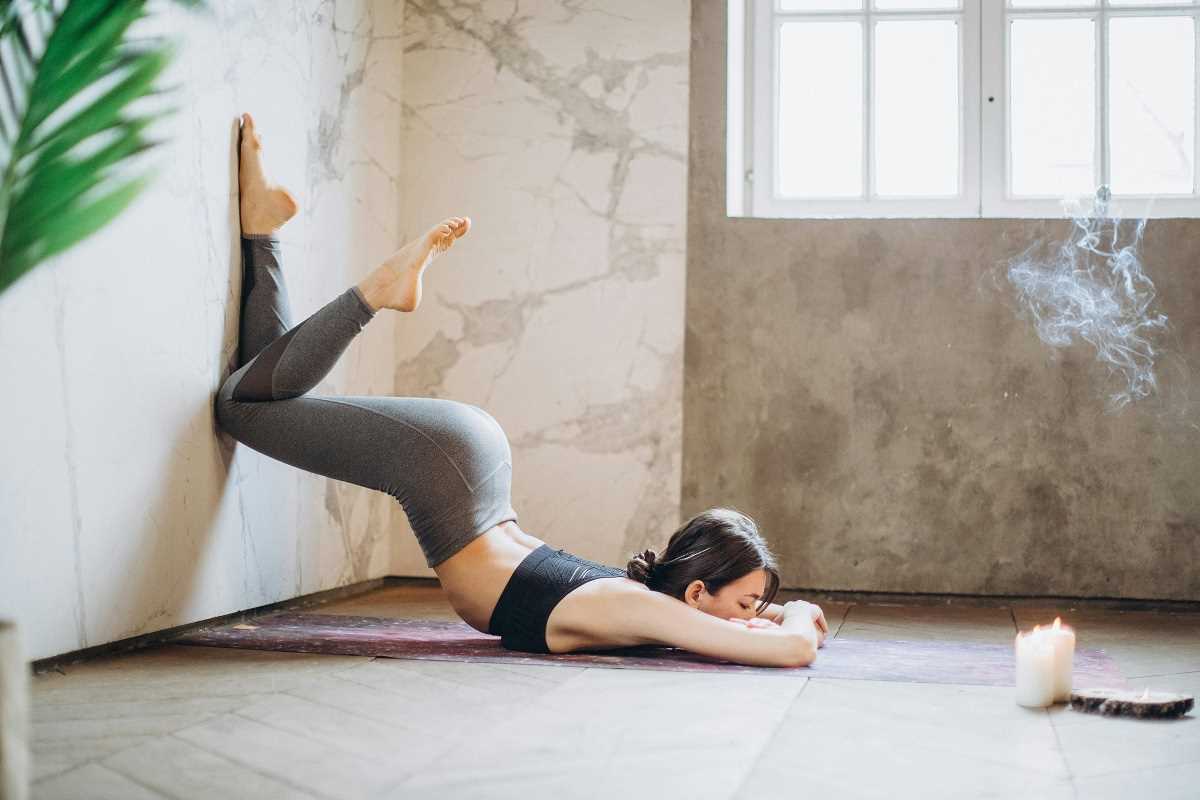 (Image via
(Image via